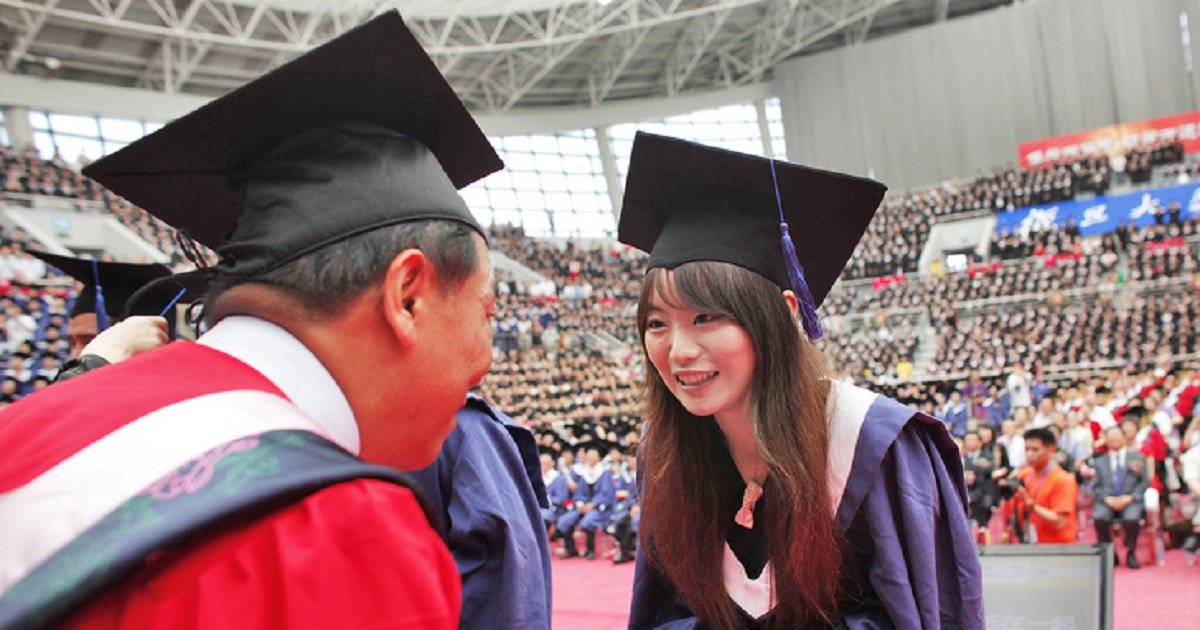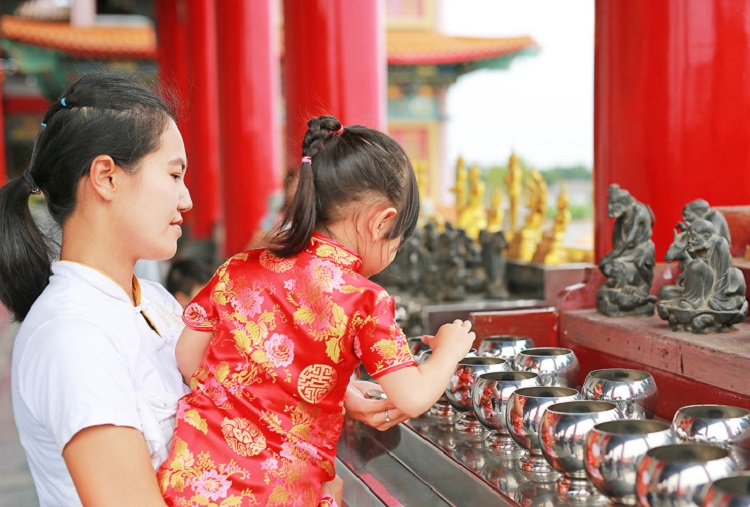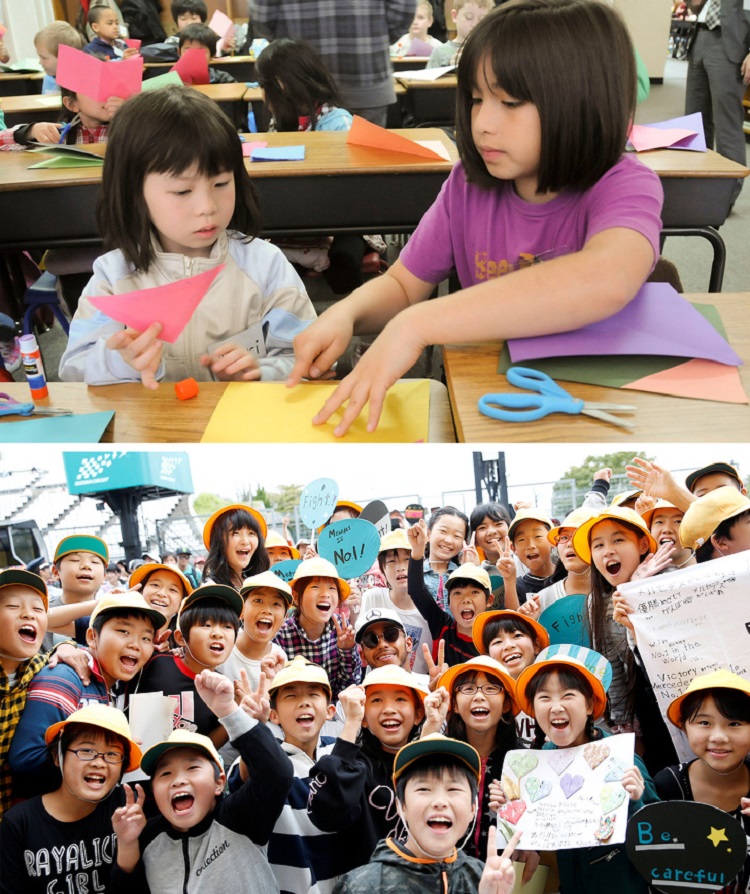Ensuring that one’s child gets the proper education so that he/she can succeed in life is a goal that every good parent places prime importance on.
However, Asian countries such as China, Japan, and Korea work towards this goal in different ways that seem to work because of their top positions in education ratings, according to PISA.
Fifteen-year-olds from the East tend to perform better in math, reading, and science compared to their contemporaries around the world and this is how it’s done.
1 – Education is not the end all or be all.
Emotions also play an important role which is why children are surrounded with love and care. Parents also put great importance on physical contact, often carrying their children even when not needed.
They also believe that children can understand things even at an early age, even if they can’t respond to them. This is why parents try to be good role models for their children.
2 – Personal experience is important.
Contrary to how it’s done in the West, parents don’t prohibit things. If a child does something bad or dangerous, adults just divert their attention to something else. This is because the Eastern system believes that prohibitions can stifle a child’s interest to explore.
Instead, a child will be informed of what he/she did and why it shouldn’t be done. This way, children develop a more creative way of thinking and arriving at solutions while still following important rules and respecting adults.
3 – Children are taught to go beyond their own interests.
For instance, western parents tend to say, “Don’t hurt yourself.” But eastern parents would say, “Don’t hurt others.” Children are taught to respect other people and animals, control themselves, look for the truth, and care about nature even before the age of 3.
In Japan, they believe an approach like this is crucial to developing a harmonious society and government.
4 – Children are encouraged to play sports and attend educational classes at a very early age.
Once they have the basics of good manners, a child’s general education begins. It’s normal for 3-year-olds to take English, math, drawing, acting, and singing classes all at once.
Because of this, a lot of children can play at least one musical instrument and know basic math and grammar by age 4. Once they reach 5, children are prepared to go to school and are taught to be disciplined.
5 – They learn independence even at elementary school.
In Japan and Korea, 6-year-old children can make their way to school on their own.
And once they start school, these children usually already know how to count, write, and read simple books. Starting early is thought to develop the frontal lobes and develop children’s creative abilities.
6 – Students choose their future professions at the right time.
A child is considered an adult in terms of maturity from ages 12-16. This means they make their own decisions and are held accountable. There’s also no rush for them to choose a profession if they’re not ready, unlike in the West.
Children also live with their families as long as they need but since they usually know what they want to become by age 14, they can live on their own by that time as well.
All of these elements fuse together to produce smart and talented children who also respect traditions, other people, and work well within a team.
Recommended Video!
“Texas Middle School Teachers Decide To Paint Positive Messages On Bathroom Doors – Here’s Why”








